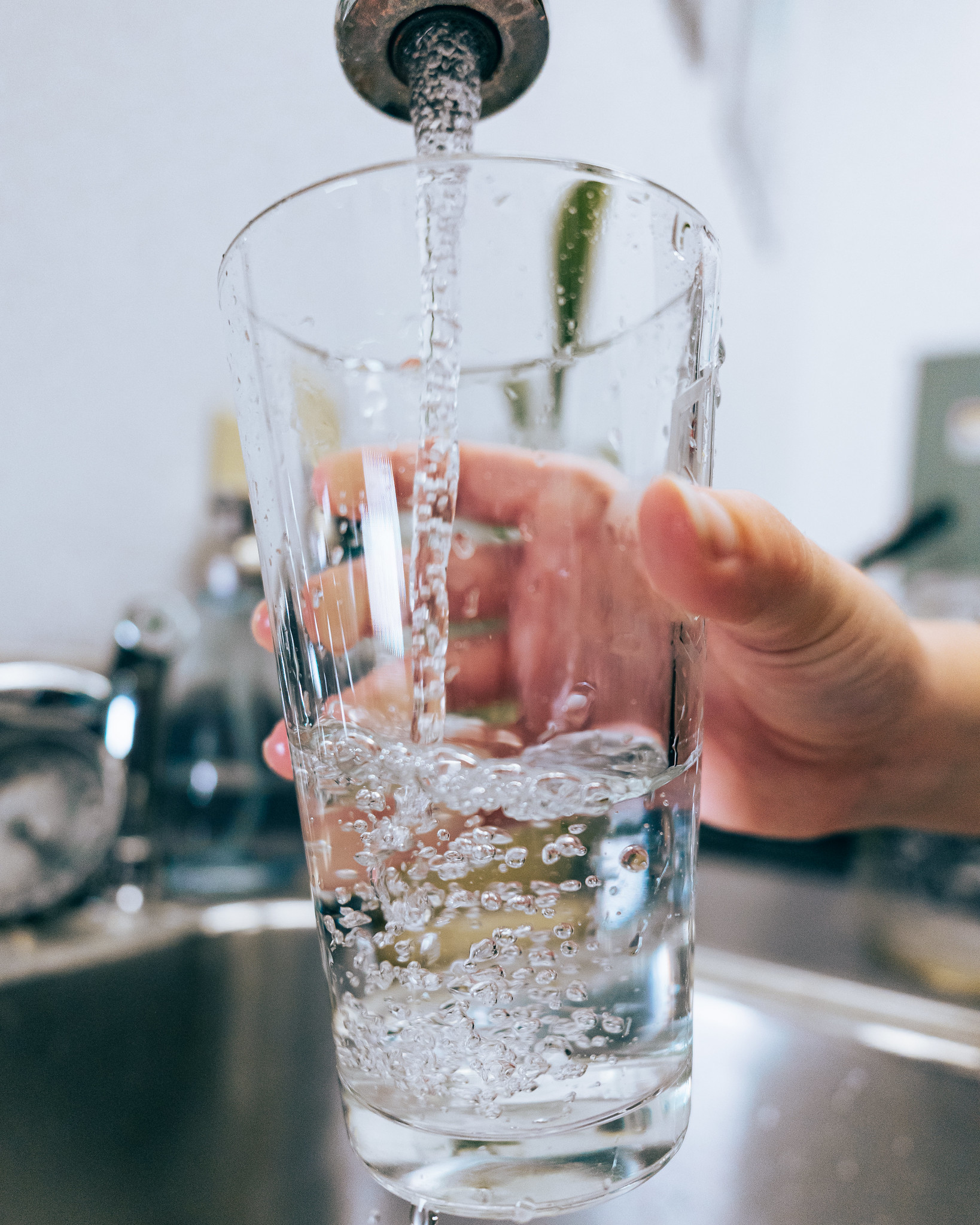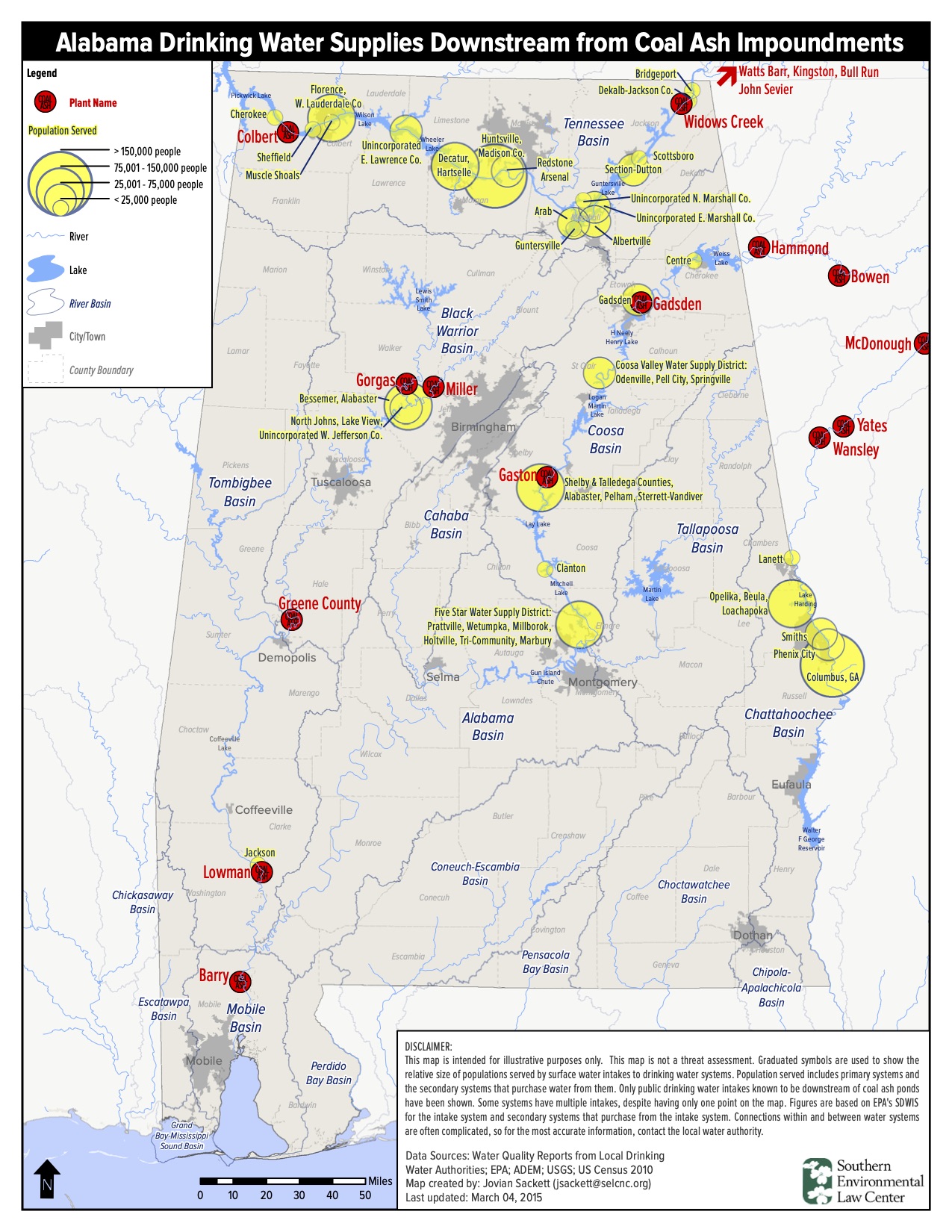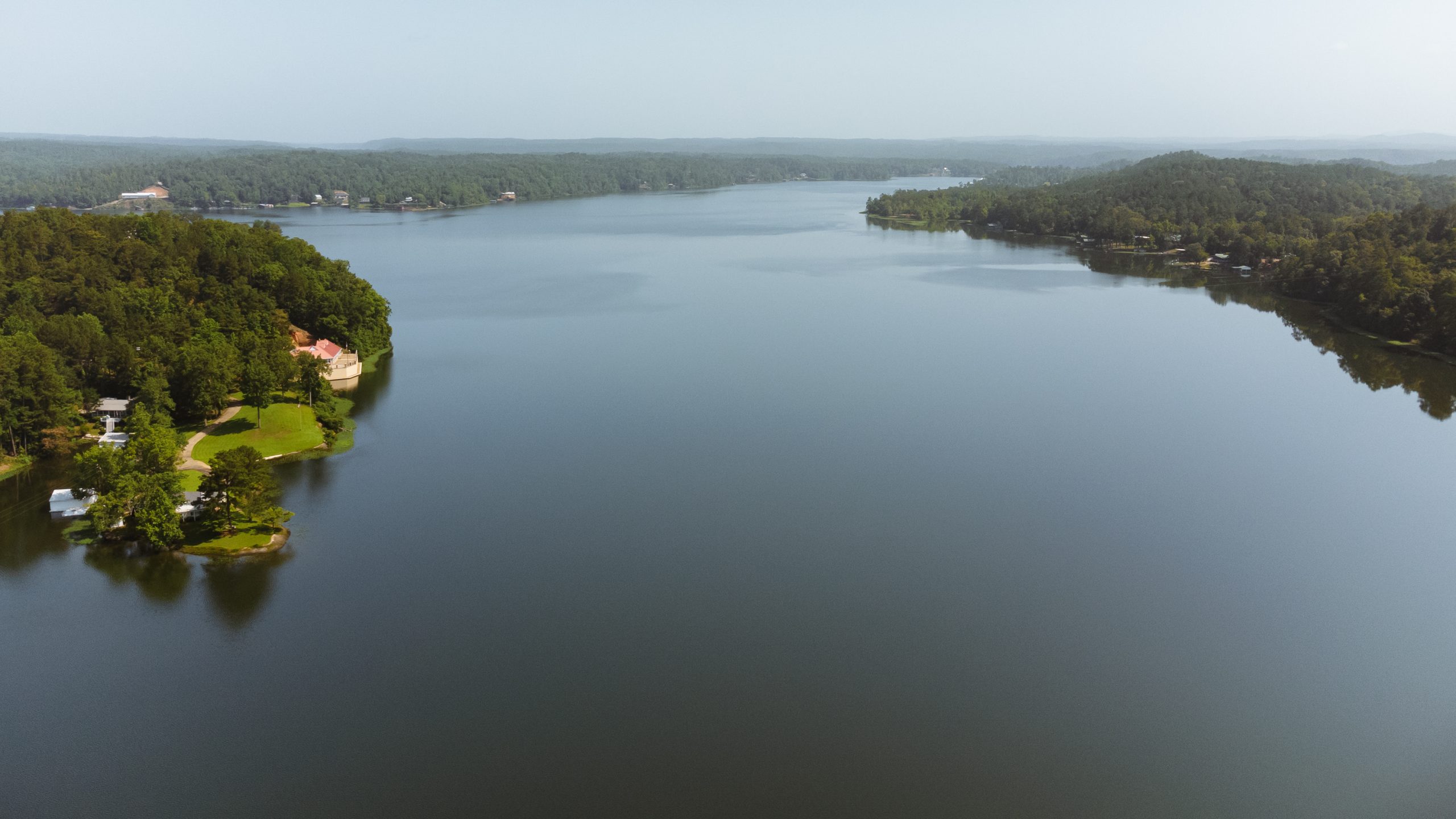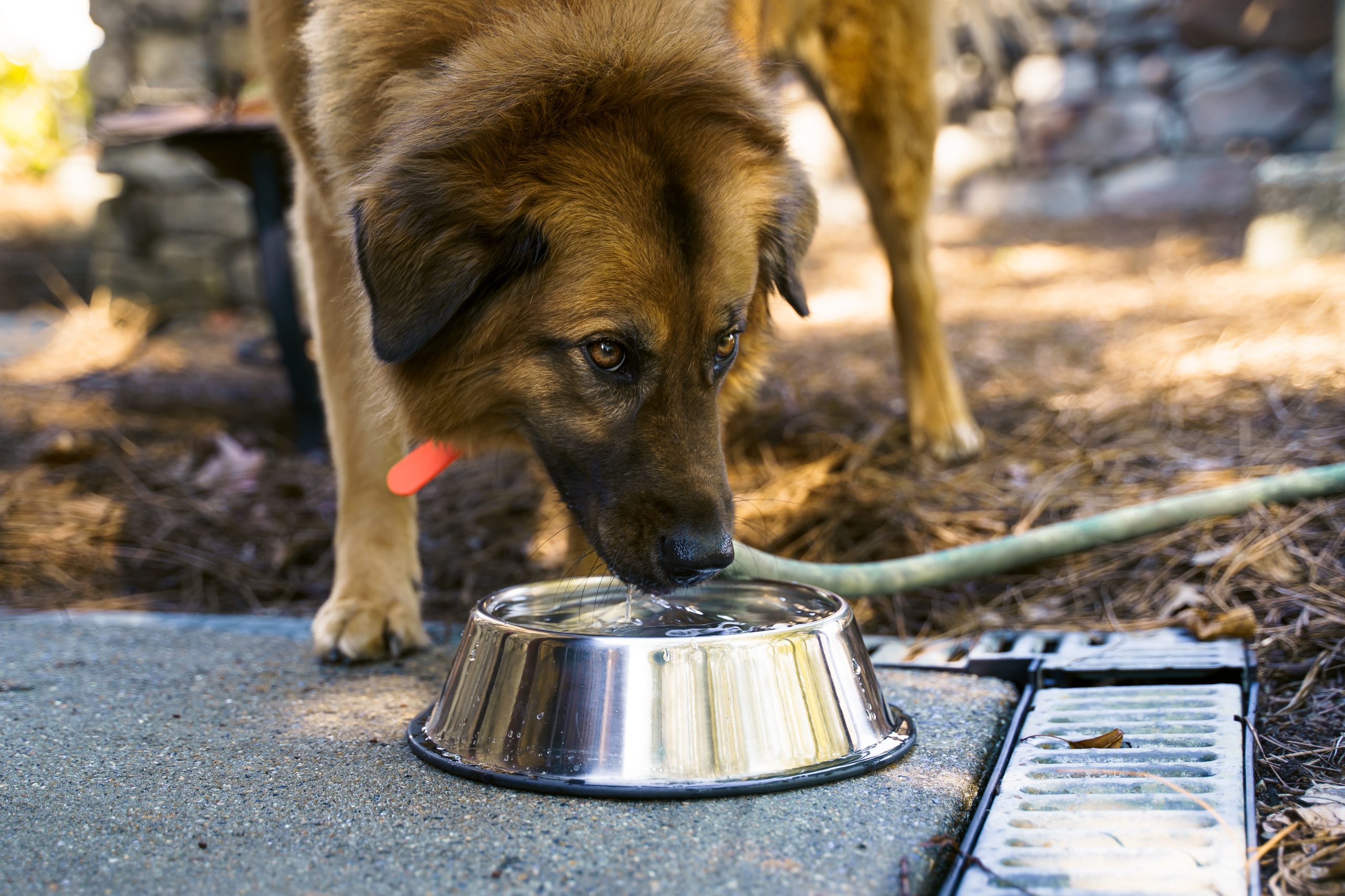Have you ever wondered where your drinking water comes from? It’s easy to take having access to drinking water for granted.
It takes great water to brew delicious coffee, soothing hot tea, refreshing lemonade, hoppy beer, and that sweet tea you love.
In Alabama, there are two primary sources for obtaining water for your home: the Public Water System (PWS) and private wells. Understanding the origins of your drinking water is crucial for ensuring its safety and quality.

Map of Public Water System (PWS)

Public Water System (PWS)
The most common way Alabamians obtain their drinking water is through the Public Water System. Regulated by the state, this system collects water from aquifers and surface water sources. However, during periods of high demand, stored water is added to meet the needs of the population. Before reaching your taps, the water undergoes a rigorous treatment process to remove bacteria, chemicals, and other contaminants.
The state of Alabama conducts monthly and random tests to ensure that the water treatment is effective and that the water supplied by PWS is safe to consume.
Private Wells
Approximately 20% of Alabamians rely on private wells for their drinking water. Unlike the Public Water System, private wells are not regulated by the state government. Instead, it is the responsibility of individuals using private wells to monitor the quality of the water they consume.
Contaminants in Drinking Water
While PWS-treated water is generally safe to drink, it is important to note that the treatment process is not perfect and some contaminants may remain. However, the levels of these contaminants are typically within the normal range of consumption, posing no immediate health risks.
Health guidelines and legal limits are in place to regulate contaminants known to cause health issues. In Alabama, as well as the rest of the United States, legal limits for contaminants are often set above the health guidelines. This means that certain contaminants may be present in the water supply but are still within the permissible limits.
In Alabama’s PWS water, there are a few contaminants that regularly exceed health guidelines but remain below legal limits. These include chromium, nitrates, radium, and trihalomethanes.
- Chromium, which can occur naturally in groundwater or be caused by pollution, has been linked to cancer.
- Nitrates, primarily caused by fertilizer runoff, can lead to oxygen deprivation in infants and increase the risk of cancer.
- Radium, another naturally occurring contaminant, is associated with bone cancer.
- Trihalomethanes, which are a byproduct of the water treatment process, commonly exceed health guidelines and legal limits. Exposure to trihalomethanes, such as chloroform, can increase the risk of cancer.
There are other threats to our drinking water sources in the Coosa. There are two leaking, unlined coal ash ponds upstream from drinking water intakes on the Coosa at Plant Gadsden (Neely Henry Lake) and Plant Gaston (Lay Lake). Learn more about coal ash here. The Coosa River has a MAJOR PFAS issue in our drinking water supplies and there are several active lawsuits against upstream polluters and several drinking water facilities are investing in reverse osmosis systems. Learn more about PFAS here.
Private wells can also be susceptible to contamination. As water moves through the ground, it naturally collects minerals and other contaminants, which can find their way into wells. Natural contaminants may include lead, iron, manganese, aluminum, selenium, petroleum, microorganisms, and brine (salty water). Additionally, man-made pollution from improper waste disposal can introduce bacteria, petroleum products, organic compounds, fertilizers, pesticides, herbicides, and metals into the groundwater. Underground gasoline storage tanks are a significant contributor to groundwater pollution, accounting for around 90% of contaminated water in Alabama. Septic tanks and fertilizer runoff are also common sources of contamination.
Interbasin Transfer: Meeting Water Demands
In areas where the demand for water exceeds the available supply, interbasin transfers come into play. Water basins with surplus water transfer it to basins experiencing a shortfall. This process helps meet the short-term needs of households and industries, especially in densely populated regions. In Alabama, interbasin transfers commonly occur between the Coosa and Cahaba rivers.
While interbasin transfers can alleviate immediate water scarcity, they can create a false sense of water supply. Areas receiving water through transfers may become dependent on water sources that are not naturally available. This highlights the importance of sustainable water management practices and the need to explore long-term solutions to meet water demands.

Water is Life…
Understanding the sources and potential contaminants in your drinking water is crucial for maintaining your health and well-being. Whether you rely on the Public Water System or a private well in Alabama, it is essential to stay informed about the quality of your water supply.
By implementing robust water treatment processes, conducting regular tests, and adopting sustainable water management practices, we can ensure that the water we consume remains safe and healthy for generations to come.





